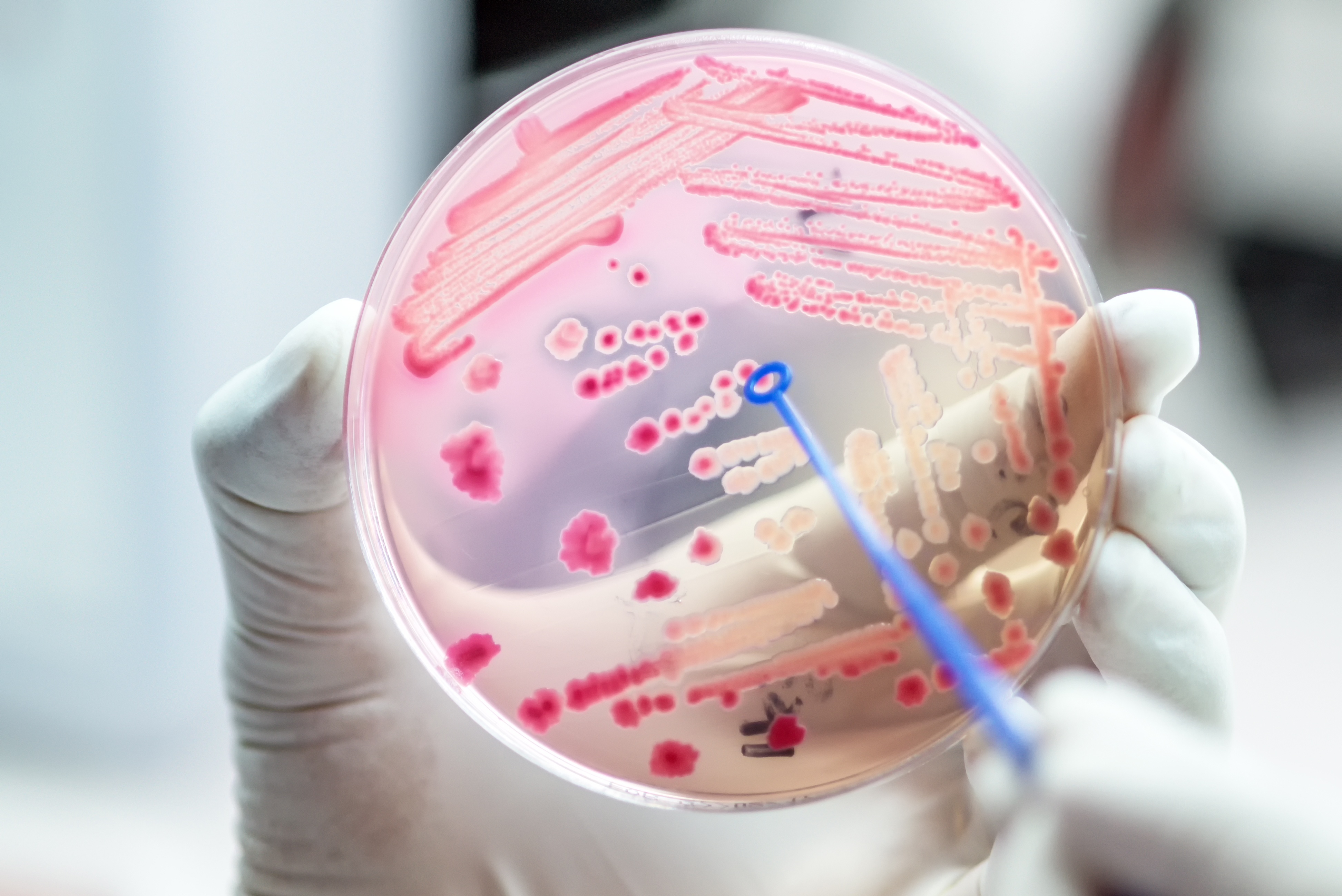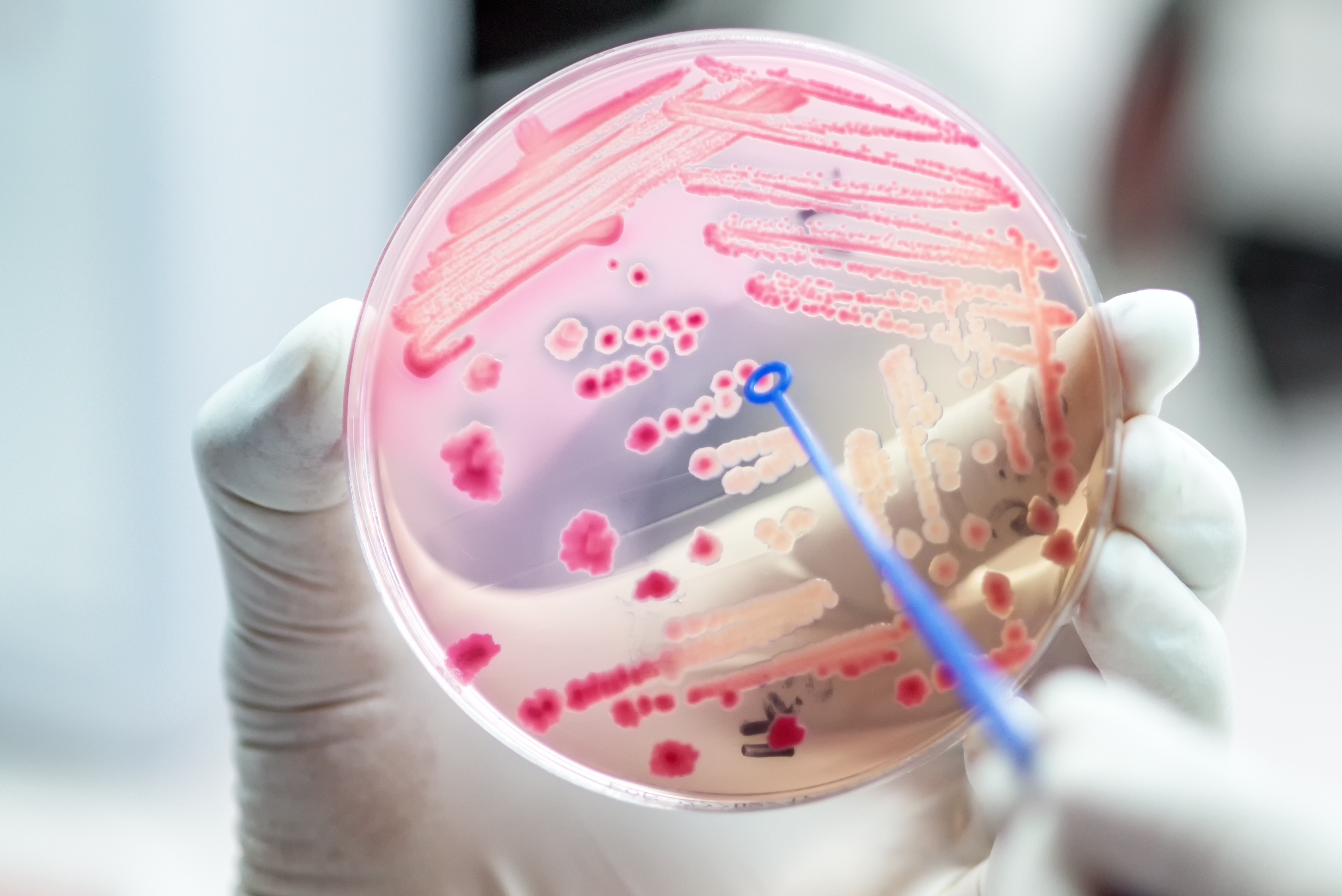
One of the most frequent questions we get asked by clients is “What is TACC?” typically followed by “Why do we test for TACC?” This is perfectly understandable, as many acronyms tend to lead us down all sorts of blind alleys, and often represent abbreviated versions of incredibly complex words and phrases in their own right. Thankfully TACC isn’t beyond reasonable explanation, and is, essentially, the examination and subsequent approximation of microbiological contaminants found within a water sample. Or to afford it its full name, ‘Total Aerobic Colony Counts.’ You can of course Google this for authentication, however be warned that you may be directed to hybrid supercar, Tesla’s Traffic-Aware Cruise Control acronym; which is another TACC. Staying on an acronym tip for a moment longer, and specifically the water treatment TACC we’re most interested in hereabouts, is also referred to as TVC on occasion. An abbreviation of Total Viable (bacteria) Colony, for the record. Elsewhere it may come under the label of Aerobic Colony Counts, or ACC.
Why Test for TACC?
But by and large the process is better known as TACC, and is performed as an in-situ dip test to give us a general, measurable indication of the overall quality of the water being scrutinised then and there; and to establish if there’s any bacterial activity in the sample collected. The TACC test can identify whether or not there’s any potentially poor water hygiene issues that require addressing within an individual water system, before any problems take root and have wider-ranging implications and/or consequences. In terms of what TACC tests are looking to discover lurking within water samples - from both industrial/commercial and domestic premises - these primarily include coliforms and E.coli; and should the test results return with no abnormal results observed, then this goes a long way to prove that the existing water hygiene checks you have in place are robust, effective and fit for purpose.
Moving on to the practices of the seemingly rudimentary test itself, and the TACC procedure is conducted – at least for drinking water protocols (and most other eventualities) – at water temperatures monitored at between 22oC and 37oC; while specific scrutiny of cooling tower samples are undertaken at the 30oC mark. It’s long been proven that paying close – and routine – attention to water supplies for colony count bacteria is significantly beneficial in trend-monitoring water quality; with the subsequent data collection being an invaluable means by which to detect potential sudden deterioration, as well as keenly observing the ongoing cleanliness and integrity of a system.
Background to TACC in the UK
A specific EU directive governs the UK’s water supply and quality, and is legislatively- recognised in this country in the context of the Water Supply (Water Quality) Regulations 2000; which itself is applied and regulated by the Drinking Water Inspectorate. When first introduced, regulative measures regarding TACC/ were set-out as a mechanism to determine the overall bacteriological water quality. From the outset of the legislation the guide limits imposed were as follows; 10cfu/ml at 37oC, 100cfu/ml at 22oC. What’s perhaps worth noting is that these recommendations were never set in stone as such, and act as sector-encompassing guides rather than imposed as a statutory limit. It’s acknowledged that in some scenarios – chiefly mains water supplies – counts will sometimes exceed these benchmarks.
BrodexTrident Ltd carry out water sampling services that are tested in UKAS accredited laboraties that ensure accurate results to determine the quality of your domestic water system and the effective of your water hygiene management programme. Click below to arrange your water testing today.






